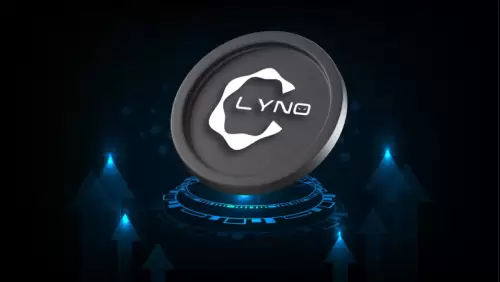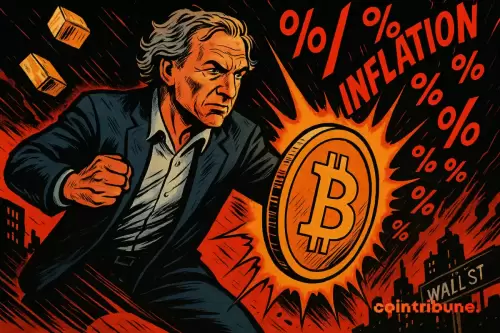Explore how Visa is strategically integrating stablecoins to revolutionize cross-border payments, focusing on emerging markets and regulatory compliance.

Visa, Stablecoins, and Cross-Border Payments: A New Era in Global Finance
The dynamics of Visa, Stablecoins, and cross-border payments are rapidly evolving. Visa is prioritizing emerging markets for stablecoin integration, aiming to democratize financial systems and enhance remittance efficiency. Let's dive into the key trends and insights shaping this intersection.
Visa's Strategic Pivot to Stablecoins
Visa is accelerating its stablecoin integration strategy to transform cross-border payments, with a focus on emerging markets. According to Cuy Sheffield, Visa’s Head of Crypto, stablecoins are positioned to “democratize many emerging systems” by addressing the demand for dollar access in regions with limited financial infrastructure. This strategy aligns with Godfrey Sullivan’s projection that “every institution that moves money will need a stablecoin strategy” by 2025.
Key Insights and Trends
- Emerging Markets Focus: Visa is targeting regions where traditional banking systems struggle to meet the demand for accessible, low-cost remittance services.
- Regulatory Alignment: Visa actively participates in policy discussions to shape a transparent stablecoin ecosystem, emphasizing compliance and stability.
- Ecosystem-Driven Approach: Visa tests use cases through partnerships while maintaining risk oversight, enabling it to stay ahead of regulatory developments and validate efficiency gains before scaling.
Stablecoins Reshaping Cross-Border Payments
Stablecoins are digital assets designed to maintain a stable value by pegging their worth to a reserve asset, typically fiat currencies like the US dollar. This stability makes them an ideal entry point into the blockchain ecosystem for risk-averse financial institutions.
Ripple’s 2025 New Value Report highlights that global finance leaders believe stablecoins will significantly impact cross-border payments, consumer-to-business payments, and vendor/supplier payments.
Traditional Finance Integrating Stablecoins
Traditional cross-border payment providers have begun integrating stablecoins to meet customer demand for streamlined B2B payments and greater payment optionality. Visa has piloted stablecoin settlement, processing over $225 million in volume. Worldpay plans to offer global stablecoin payouts, and Mastercard is enabling stablecoin payments with Mastercard-branded cards.
Personal Take: The Future is Hybrid
It's clear that stablecoins are not just a passing fad but a crucial component of the future financial landscape. Visa's strategic approach, focusing on regulatory compliance and practical applications in emerging markets, positions them as a key player. The hybrid model, where traditional finance integrates with blockchain technology, seems the most sustainable path forward. The numbers speak for themselves – the processed stablecoin volume and the growing interest from major players like Mastercard and Worldpay cannot be ignored. This is not just about technology; it’s about making global finance more accessible and efficient.
Conclusion: Buckle Up, Buttercup!
The world of Visa, stablecoins, and cross-border payments is rapidly evolving. As stablecoins become more integrated into the financial system, keep an eye on how these changes impact global transactions and financial inclusion. It’s a wild ride, but hey, at least your money might get there faster!
Disclaimer:info@kdj.com
The information provided is not trading advice. kdj.com does not assume any responsibility for any investments made based on the information provided in this article. Cryptocurrencies are highly volatile and it is highly recommended that you invest with caution after thorough research!
If you believe that the content used on this website infringes your copyright, please contact us immediately (info@kdj.com) and we will delete it promptly.














































































